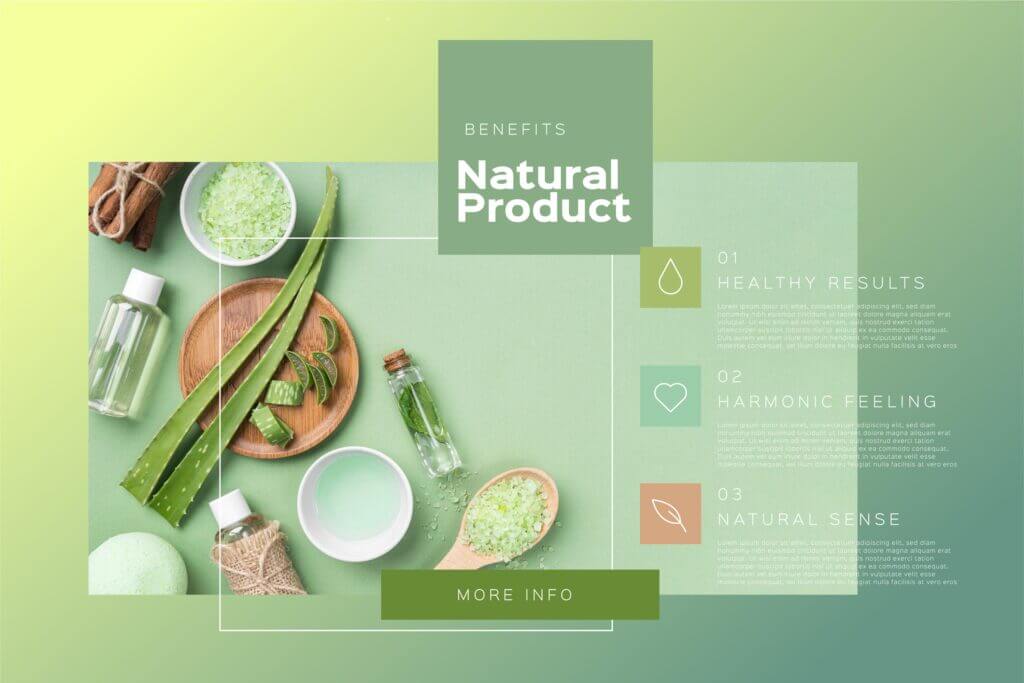In the world of e-commerce, product descriptions aren’t just a block of text—it’s your virtual salesperson. It’s the persuasive language that convinces potential customers that your product is the one they need. But how do you create product descriptions that not only sell but also rank high in search engine results? In this guide, we’ll walk you through seven powerful techniques to master the art of writing product descriptions that convert.
Technique 1: Crafting Persuasive Product Descriptions
The first technique in creating effective product descriptions is the use of engaging language and storytelling. Describe not only the features but also the experience of owning and using the product. For instance, instead of merely stating, “This sleek blender has a powerful motor,” say, “Elevate your culinary creations with our sleek blender, boasting a powerful motor that effortlessly blends even the toughest ingredients.”
Give focus on highlighting the benefits and unique selling points. Customers want to know how a product will improve their lives in terms of saving time, money, or effort? Will it enhance their style or comfort? Make sure these benefits are front and center in your description.
Technique 2: Incorporating SEO Keywords
Strategic keyword placement is essential for your product descriptions to be discovered by potential customers. Identify relevant keywords that potential buyers are likely to use in search queries. These keywords should naturally integrate into your product descriptions, ensuring that they flow seamlessly and remain compelling.
Don’t forget to consider long-tail keywords. These are more specific and often used by customers who are closer to making a purchase decision. For example, if you’re selling running shoes, a long-tail keyword could be “women’s lightweight running shoes for marathons.” These targeted phrases can help attract highly motivated buyers.
Technique 3: Product Description Writing Examples
Learning from successful examples is a powerful way to improve your product description writing skills. Let’s take a look at a hypothetical example for a versatile multi-tool:
“Introducing the Ultimate Multi-Tool: Your All-in-One Companion
Embark on your outdoor adventures with confidence, knowing you have the ultimate multi-tool at your side. Crafted from high-grade stainless steel, this versatile companion combines a knife, pliers, screwdriver, and more into one compact unit. Whether you’re hiking, camping, or tackling home projects, this multi-tool is designed to handle it all. Are you ready to experience convenience and versatility like never before.”
By analyzing this example, we can see how it combines engaging language with a focus on benefits and unique features, resulting in a compelling product description.
Technique 4: Product Descriptions as Sales Tools
Your product descriptions should not only inform but also guide the customer’s decision-making process. Anticipate and answer potential questions or concerns a customer may have. Provide clear details about specifications, sizes, and materials. Additionally, address potential hesitations by highlighting guarantees, warranties, or exceptional customer reviews.
Building trust and credibility is crucial. Include elements like customer testimonials, awards, or certifications to reassure potential buyers that they’re making a wise choice.
Technique 5: Product Description Best Practices
Balancing features and benefits is a best practice that ensures your product descriptions appeal to both logical and emotional decision-making. While features provide facts, benefits explain how those features directly impact the customer’s life.
Creating a sense of urgency and scarcity can also be highly effective. Phrases like “Limited stock available!” or “Special offer for a limited time” motivates potential buyers to make a purchase decision quicker as compared to normal decision making time for purchase
Technique 6: SEO Techniques for Optimal Product Pages
Optimizing meta titles and descriptions is crucial for search engine visibility. These elements serve as a preview of your product description in search results, making them an excellent opportunity to entice potential customers.
Additionally, implementing internal linking strategies within your product descriptions can improve your website’s overall SEO. Linking related products or relevant blog posts can keep visitors engaged and improve their experience on your site.
Technique 7: Mobile Optimization for Product Descriptions
In an increasingly mobile-centric world, ensuring a seamless experience on mobile devices is paramount. Mobile-friendly design, fast loading times, and easy navigation are key factors that influence both user experience and search engine rankings.
Conclusion
Mastering the art of writing product descriptions that sell is a combination of persuasive language, effective SEO techniques, and a deep understanding of your target audience. By implementing these seven techniques, you can create product descriptions that not only captivate potential buyers but also rank high in search engine results. Remember, a well-crafted product description isn’t just a description—it’s a sales tool that can significantly impact your bottom line. Happy writing!

